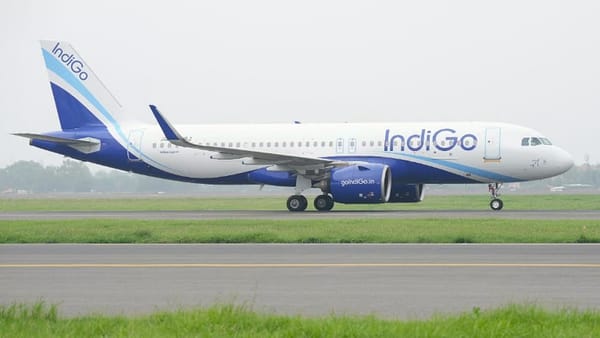LNG will be favoured fuel for cruise industry
80 per cent of cruise ships will be powered by LNG by 2025 – this statement from a cruise line chief executive was a hot topic of debate at the recent Seatrade Cruise Global convention in Florida.

80 per cent of cruise ships will be powered by LNG by 2025 – this statement from a cruise line chief executive was a hot topic of debate at the recent Seatrade Cruise Global convention in Florida.
Just how realistic is it? If we are speaking about newbuilds, then I agree. The first cruise operator has signed up to LNG – Carnival Corp is paving the way after awarding a contract to German shipyard Meyer Werft to build four LNG dual-fuel cruise ships, with the first to be delivered at the end of 2018.
Also, Carnival-owned Aida Cruises’ AIDA PRIMA has just been delivered. This will be the first cruise ship to use LNG in port.
Where Carnival goes, others follow. Of course there are challenges, including the fall in oil prices, making heavy fuel oil seem more attractive. But aside from the very strong environmental benefits of LNG, it is likely that cruise operators take a long-term view.
Oil prices will go up at some point, enhancing the cost effectiveness of LNG. Infrastructure has also been a massive challenge, especially for the cruise industry. But this is surmountable, as the infrastructure has come on by leaps and bounds.
As John Grubic, Shell’s Americas team lead for LNG business development, said at the panel session on LNG at Seatrade Cruise Global. “The focus around LNG has dramatically increased. Our perspective is that this is a journey we want to help enable, building up infrastructure for sectors like cruise, building our network of bunkering options, and seeing the network development continue.”
Another challenge that has been gaining attention recently is the methane slip associated with using LNG, which could be seen to negate some of the environmental benefits that come with using this fuel.
But this can be overcome – it is all about looking at the use of LNG holistically, looking at its entire supply chain rather than just at the pure consumption of LNG. This approach was strongly spoken about at the LNG panel at Seatrade Cruise Global, and the message was: the methane slip problem can be solved by designing this factor into the infrastructure and supply chain.
Another strong point that will aid the use of LNG as fuel for cruise vessels is that the International Code of Safety for Ships using Gases or other Low-flashpoint Fuels (IGF Code) is due to be published in January 2017 and is now being used when it comes to building ships, meaning that there are set international standards to adhere to, giving a clear path and consistency for the building of cruise vessels using LNG as a fuel.
While I think that the majority of cruise ship newbuilds will use LNG by 2025, the case is different for the existing fleet.
As RINA general manager for marine business Paulo Moretti said: “If we are talking about newbuildings, this is possible. But it is not possible with the old fleet, which cannot easily be retrofitted to use LNG.”
LNG has arrived – and the cruise ship industry is ready.
Source : passengership




